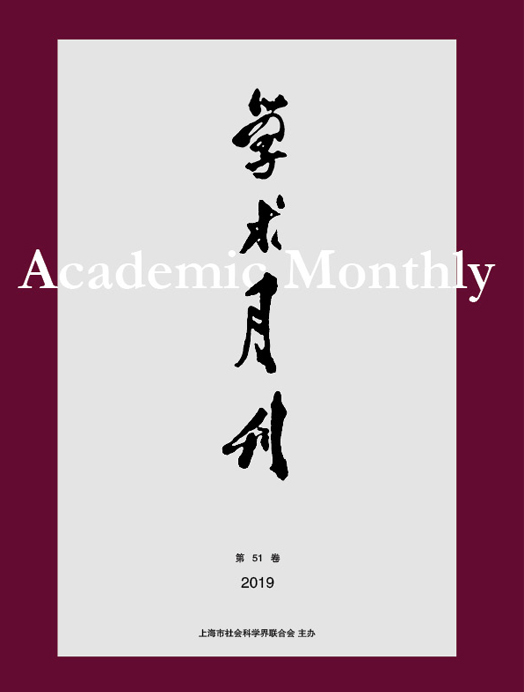The Recarving of Ode to the Restoration of the Great Tang Dynasty and The (Dis)Continuation of Suzong’s Restoration
Abstract: The “Ode to the Restoration of the Great Tang Dynasty” was composed by Yuan Jie and written by Yan Zhenqing.In the sixth year of the Dali reign (771 CE),it was engraved on the cliff at Wuxi in Hunan province.Subsequent replications have been made in Jiange and Zizhong in Sichuan province and Lushan in Jiangxi province.The rubbing held by the Museum of the Institute of History and Philology at Academia Sinica in Taipei is not sourced from the original Wuxi stone but rather from Jiange’s Heming Mountain.The cliff inscription of the “Ode to the Restoration of the Great Tang Dynasty” did not elicit a significant response during the Tang Dynasty.However,it was during the Northern Song dynasty that the inscription attracted considerable attention,although the focus of the literati’s eulogies deviated from the original theme of revival.By the Southern Song period,with the fervent hope of reclaiming the Central Plains,attention shifted back to emphasizing the original intent of restoration.Correspondingly,the image of Emperor Suzong as the “Ruler of the Restoration” underwent a process of elevation during the Tang dynasty,sustained through the reigns of Dai and De,and subsequently to the dissolution of the Shunzong dynasty,culminating in the Southern Song Dynasty.The alterations to the sequence of Suzong’s Restoration and the landscape modifications with the theme of Restoration are inextricably linked.The original stone and its surrounding inscriptions in Wuxi,along with the “Ode to the Restoration of the Great Song Dynasty,” and the “Ode to the Restoration of the Great Ming Dynasty,” which were replicated by subsequent generations,as well as the reproductions in Sichuan and Jiangxi,collectively contribute to the expression of the Restoration and the landscape significance that transcends temporal and spatial boundaries.



 沪公网安备 31010102003103号
沪公网安备 31010102003103号 DownLoad:
DownLoad: